In Magliano it is created a group of young people led by Antonio Adriano, then followed, as well in other villages of Langa and Roero.
Its aim is to oppose the phenomenon of leaving the countryside, stressing the importance of peasants’ life.
It is thus important to collect the evidences, by telling and saving those aspects that could work as bridge over the future.
Those boys think that it could be a social and cultural damage to deprive little areas of new energies, becoming anonymous dormitory suburbs.
So it takes life in a short time a movement involving young people aiming at the recovery of traces in the local history, the revival of some popular feasts, not totally disappeared, with their function, not secondary one, of aggregation and defense of the area from the indiscriminate invasion of concrete and of a construction pseudo-urban that is deleting every aesthetic or architectural mark left by the ancestral.
From these intents some objects, songs and life stories collections arise.
An attention is focused on planning regulations that wouldn’t be intrusive, but they would insert the new harmonically in the wake of the past.
Groups of educated young people decided to put energies and knowledge at the service of their community.
A period of intense activity passes and the need is felt, we are at the beginning of the1990’s, to tell, for instance in a museum, this story and those stories.
A first research is about the phenomenon of plaster-ceilings decorated, realized in the peasants homes.
Until reaching the first years of 2000’s, when some activities started including the restoration of the rooms in the West wing, which will give life to the Museum” The landscape Theater”.


